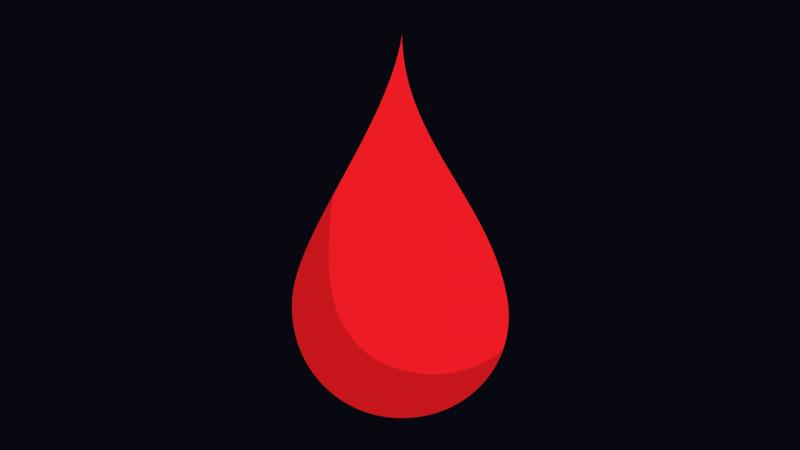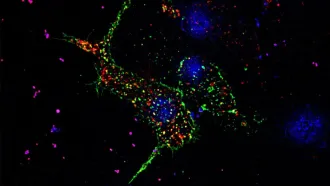
In a recent study, researchers from the Indian Institute of Technology (ISM) Dhanbad have developed a blood glucose sensor to monitor blood sugar using light. It can measure a wide range of values of blood glucose, between 10 to 200 mg/dl, say the researchers. The average blood sugar level in healthy adults when fasting is between 70 to 120 mg/dl.
Light-based sensors to analyse biological samples is gaining popularity as they are easy to use and do not destroy the test sample. These sensors can just be dipped in the sample to detect the compound of interest. The sensor, proposed by the researchers of this study, can track small variations in the blood sugar levels and is based on the working of an optical ring resonator.
Think of an optical ring resonator as a ‘whispering gallery’. In a whispering gallery, sound waves that start off as small whispers magnify soon to become a loud noise. Similarly, in an optical resonator, light waves of specific wavelengths that pass through the resonator intensify due to repeated internal reflection and interference. Optical ring resonators are very sensitive and provide accurate readings as there are little distortions due to the presence of other impurities. A wide variety of molecules and chemicals, including those in the gaseous phase, could be measured using these devices.
Optical ring resonators are used to study specific biomolecules, like proteins, bacteria, cells or DNA samples, by looking at how they interact with light and deviate it. Presence of such bioparticles changes the refractive index of the medium in which they are present, resulting in the deviation of resonance conditions of the resonator when it is dipped in the medium. The change in the resonance wavelength is related to the number for bioparticles in the medium.
In this study, the researchers used an optical resonator to measure glucose levels in blood samples. The presence of glucose molecules modify the light output of the resonator, and the magnitude of this modification depends on the number of glucose molecules, thus letting one measure it indirectly by measuring the light output.
The researchers used two types of waveguides—devices that confine waves in a particular direction. A slot waveguide has slots made in a rectangular tube through which waves are passed, and a ridge waveguide has a ridge on the two opposite faces of a rectangular tube. They observed that slot-based resonator is six times more sensitive than the ridge-based resonator. Sensors with both these configurations were able to detect minimal variations in the glucose concentration in the samples.
With India being the ‘diabetic capital of the world’, such innovations that help easy and accurate measurements of blood glucose levels could help us keep a check.






